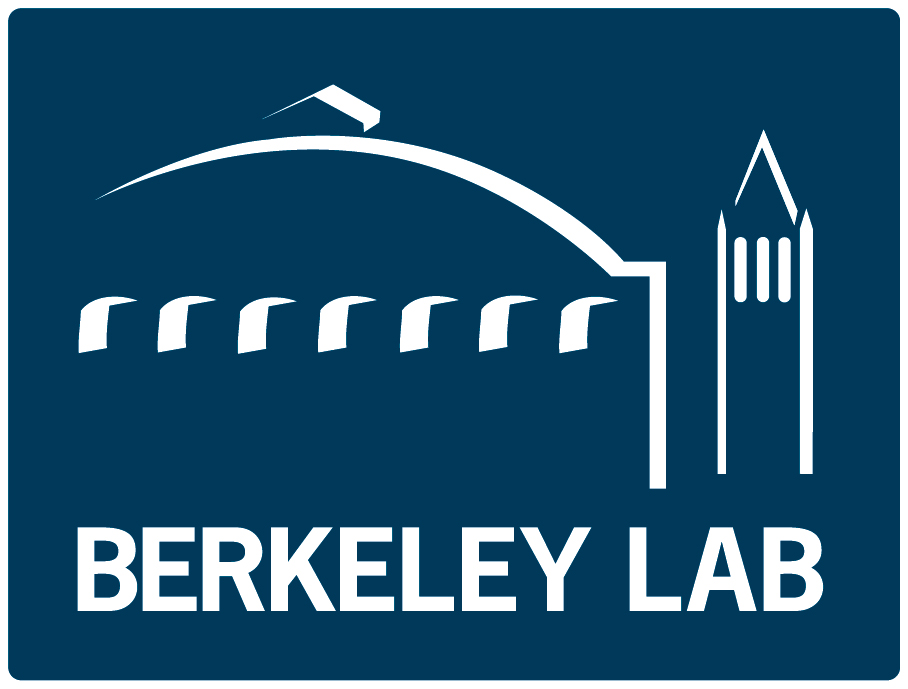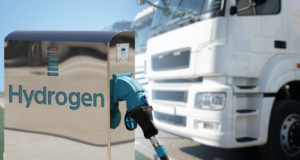APPLICATIONS OF TECHNOLOGY:
- Hydrogen Production
BENEFITS:
- Simple and cost effective
- Enhanced electrochemical surface area and performance
BACKGROUND:
- Liquid alkaline water electrolysis is a well-established method for producing hydrogen from water using electricity. Nickel is favored as a catalyst due to its affordability (especially compared to platinum-group metals) and resistance to alkaline environments. However, the electrochemical performance of nickel electrodes is often limited by their low electrochemical surface area (ECSA). Various methods have been explored to enhance the ECSA, however, these methods can be complex and resource-intensive, posing challenges for scalability and cost-efficiency.
TECHNOLOGY OVERVIEW:
Researchers at Berkeley Lab have developed two methods of increasing the performance of porous Ni electrodes by increasing the active surface area of the catalyst. One oxidation/reduction process involves a thermal treatment cycle where Ni is oxidized to nickel oxide (NiO), imparting micron-scale roughness to its surface which is retained after reduction back to Ni metal. Another catalyst infiltration process coats the electrode with additional metal particles, which are then sintered and bonded to the surface of the electrode through a reducing thermal treatment. Both processes lead to increased ECSA and improved performance.
DEVELOPMENT STAGE: Component and/or system validation in laboratory environment
PRINCIPAL INVESTIGATORS: Michael Tucker
Additional information: https://doi.org/10.1016/j.ijhydene.2024.06.246
OPPORTUNITIES: Available for licensing or collaborative research

